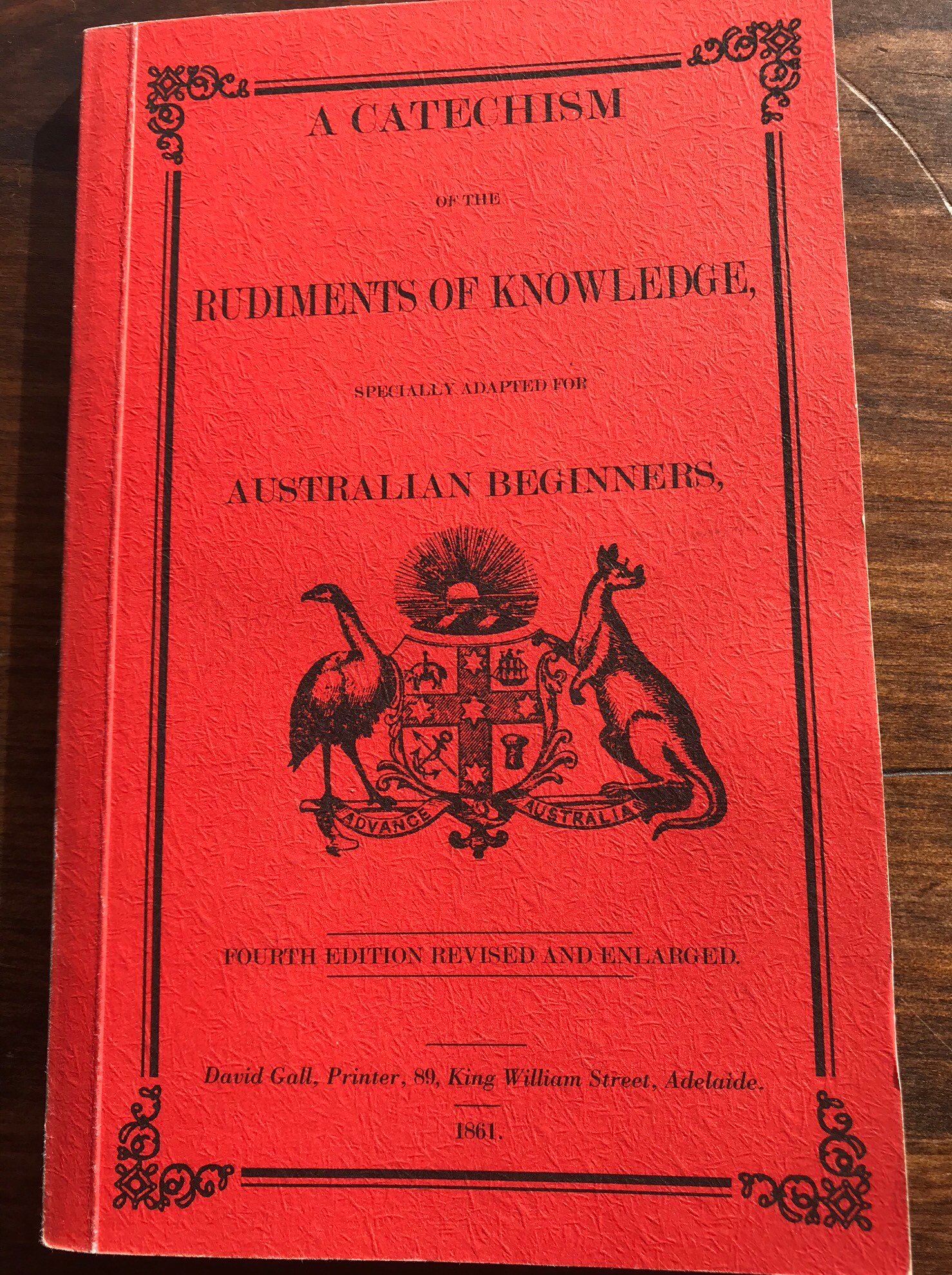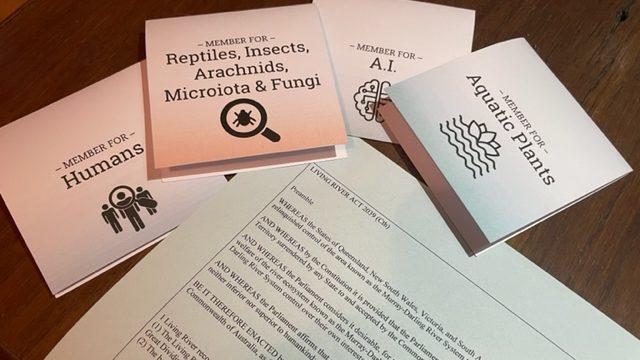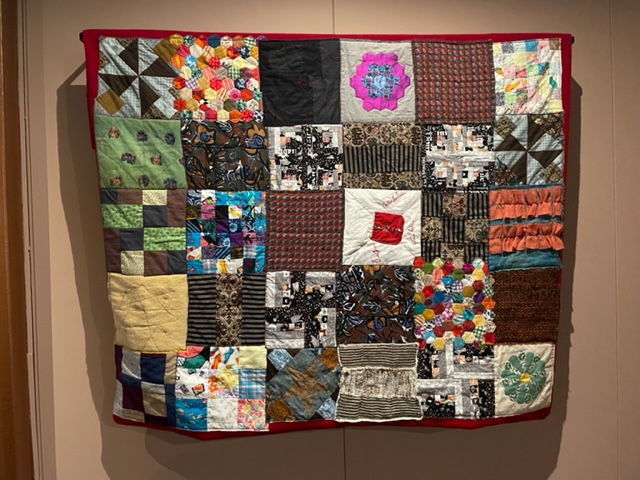Museums (along with their Gallery and Library counterparts) hold a significant and important place in the learning landscape. They can provide meaningful experiences not easily created within conventional classrooms – the opportunity to emotionally connect learners with significant concepts in a way that elicits deep, and potentially transformative, thinking.
These moments of emotional connection, deep thinking and learning do not simply happen. They are designed, curated, experiences. As a professional museum educator who has designed and delivered many different learning experiences, it is a desire to create these moments that drives me. I love seeing the wide eyes of shock and disbelief as a learner faces a challenging idea. Or the heartfelt question as they try and reconcile a new concept that doesn’t fit with their preconceived ideas. Or even the serene look of someone that connects their own story to a bigger picture.
Often though, I don’t get the opportunity to really see the impact these moments have on the audience. For school groups, much of the reflection and unpacking of new thoughts and ideas are done after the visit. There is also the challenge of ensuring the deeply emotional moments, the ones that can lead to the most significant learning, are safe. That they don’t leave the audience, particularly children, with unresolved distress.
When I deliver the two day costumed school experience at Sovereign Hill I aim to create as many of these deep learning moments as possible, while still balancing the diverse needs of the children to ensure they have a positive experience. I endeavor to provide as much ‘learning fodder’ as possible so that teachers can delve deeper into a range of concepts when they get back to school.
I have previously written about how I have provoked thinking about gender roles. I have also written about the challenges of addressing sensitive topics such as racial discrimination. I really want the children to consider some of the more challenging realities of history and how it may have impacted on societal norms today. I want them to come away with questions and reflections, not simply facts and figures.
This week I witnessed one of the most profound learning moments I have ever seen.
I had the pleasure of hosting a highly engaged class of year 5 students and collaborating with their dedicated and skilled teacher for the two day program in my replica 1850s classroom. As the teacher and I reacquainted (we had also worked together the previous year) she told me about their recent learning focus on human rights and propaganda.
After considering this for some time and getting to know the students I saw that this group was in a great position for delving into some heavy content. I proposed to the teacher that we challenge the students to face some of the racial discrimination present in the 1850s. I asked if she felt comfortable with her class, which was very multicultural, being confronted with some difficult material and if she would be happy to guide them in a debrief afterwards. We were both keen and felt they had been well prepared by their prior exploration of human rights and propaganda. We discussed some ideas for the debrief and planned to run the lesson as the last session of the day.

So, with both the students and I in our 1850s roles, I had them read a lesson on ‘Government and Laws’ from A Catechism of the Rudiments of Knowledge, specially adapted for Australian beginnings, for use in schools and families. This book is a facsimile of the original from 1861, copied specifically for use in our Costumed School program.
For the lesson I read the questions aloud and the children were instructed to read the answers aloud together in unison. The content included a discussion of ‘savage’ and ‘civilized’ nations. I stayed in role throughout the lesson and as we packed up for the day. I found it incredibly difficult. I felt pain for the students confronted with such disparaging ideologies about, in some cases, their own cultural heritage. It was made even more intense by not only having them listen to the content but say it aloud.


As I wanted to stay in role between day 1 and day 2 I did not participate in the debrief, instead I listened in from the adjoining room. What I heard brought me so much pride and joy.
The students showed an incredible amount of thought and insight. The intelligent connections they made and their empathy and strength was heartwarming.
When the teacher asked the students how the lesson made them feel they responded with comments such as:
Emotionally one children said “Heartbroken. I felt sorry for the children back then.”
With a tone of determined protest another said “I didn’t say it.”
“I must have been so awful for the Chinese children.” Which followed with a discussion about who would have been given the opportunity to go to school.
In response to questions about who would have produced the text and why, they said “the Government” and “because they wanted to make them believe that.”
And then, as they thought about what had changed between then and now:
“Because people came out of the shadows and spoke up against what wasn’t right.”
“Because the Australian Government is more diverse. There are Chinese and Aboriginal people in the Government now.”
All this came from 10 and 11 year olds.
I had a major moment of ‘yes! this!’ This is what I want the students to be able to get out of the experience. The unique opportunity to live the past and understand the context and reality of systemic discrimination was incredibly powerful for these students. To have the opportunity to witness their emotional reaction, the questions and reflections they had and the insightful connections they made was a great privilege.
At the end of Day 2, when we all broke role for final discussion and debrief, I had the opportunity to reassure the children that the role I played was not a reflection of my own beliefs. I also told them how impressed and inspired I was by their discussion. We had further discussions around gender roles and discrimination, children’s rights (or lack there of!), and how education has (mostly!) changed from learners being told what to think to encouraging them to think for themselves.
I hope that many more such examples are happening back in the classroom. It has inspired me to develop ways to support more teachers to utilise their experience in the Museum to unpack some of the more challenging concepts and guide their students in inquiries where they can make these powerful connections. Making these deep learning moments connect to their lives and endure well beyond the visit.
















